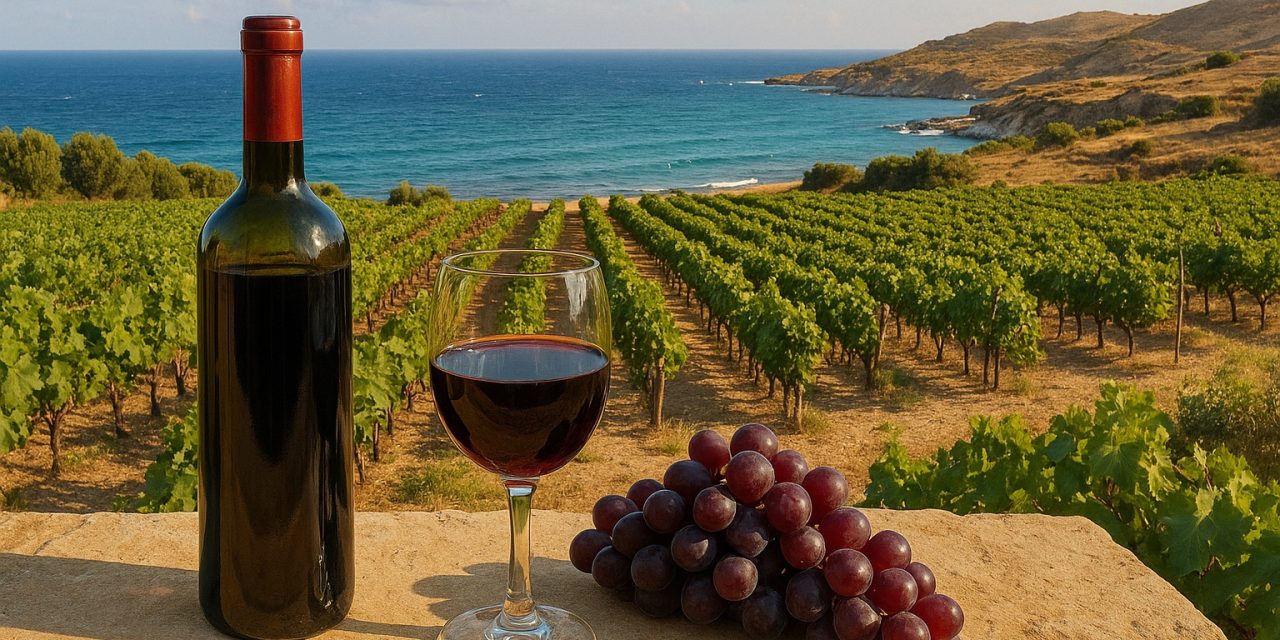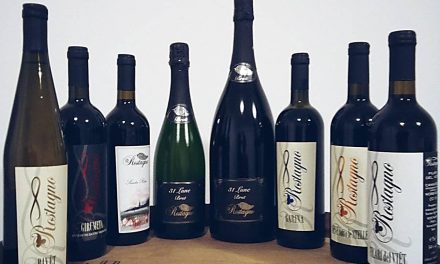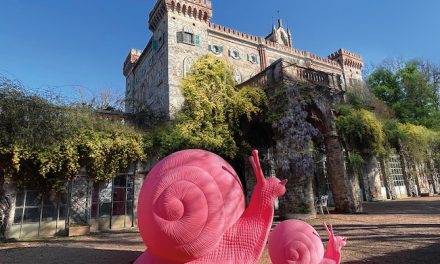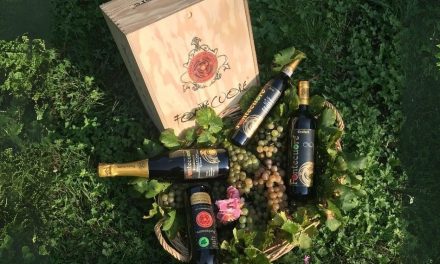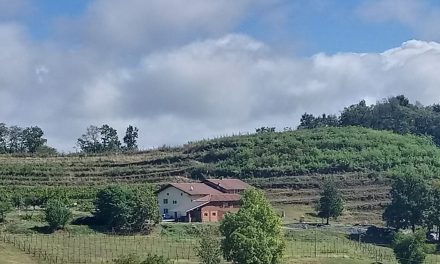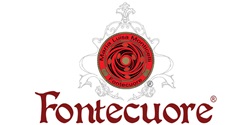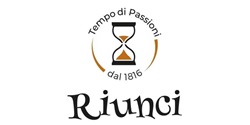From Balos to Matala, from monasteries to fishing villages: Crete’s wines and beers capture the island’s magic. Join me on a journey through vineyards, tavernas, and sunsets where every glass tells a story.
HERAKLION – This summer I traveled through Crete, an island where history, myth, and nature blend in ways that feel almost timeless. Crete is not only the cradle of Minoan civilization and home to dramatic gorges, sunlit beaches, and villages scented with thyme and oregano—it is also a land of ancient vineyards. Wine has been part of the island’s identity for over 4,000 years, and today a new generation of winemakers is reviving local grape varieties with a mix of tradition and innovation.
Among the highlights of my journey were two wineries that embody this Cretan spirit: Kourkoulou Winery in the Rethymno region and the historic Toplou Monastery Winery in the far east of the island. But just as memorable were the wines (and beers) discovered along the road—in tavernas, at sunsets, and in small fishing villages where Crete reveals its soul in the simplest of ways.
Kourkoulou Winery: A Family Story Rooted in the Rethymno Hills
Driving through the gentle hills of Rethymno, I reached Kourkoulou Winery, a small family estate surrounded by olive groves and vines. The air was alive with cicadas, and the landscape—rolling slopes overlooking the Libyan Sea—seemed to set the perfect stage for Cretan wine.
Kourkoulou Winery is run with a passion that reflects both deep roots and youthful energy. The family is dedicated to preserving native grapes, some of which were nearly forgotten during centuries of foreign rule and phylloxera devastation.
Among the wines I tasted, several left a vivid impression:
- Vidiano (single varietal) – Often called the “princess of Cretan varieties,” Vidiano here revealed its full character: elegant and aromatic, with notes of peach, apricot, citrus zest, and a subtle mineral edge.
- Blend of Vilana, Vidiano & Moscato Spinas – Vibrant and expressive, with citrus, stone fruit, floral lift and a mineral backbone, capturing the brightness of the Cretan sun.
- Liatiko Rosé (two versions) – One pale and delicate, with wild strawberries, rose petals, and a hint of pomegranate; the other deeper and more intense, with ripe cherry, pomegranate, and spice.
- Liatiko Red – Light in body yet rich in nuance, with flavors of dried figs, red berries, and warm spice, all wrapped in gentle tannins.
The family’s storytelling, paired with their wines, conveyed not only the flavors but the soul of this land: resilience, authenticity, and a warm embrace of heritage.
Toplou Monastery Winery: Where Faith Meets Wine Tradition
At the far eastern tip of Crete, where the wind-swept landscape meets the Aegean, stands the historic Toplou Monastery. Founded in the 14th century, this fortified monastery has withstood pirate raids, Ottoman sieges, and earthquakes—emerging not only as a spiritual beacon but also as a guardian of the island’s agricultural traditions. Today, alongside its olive groves and herb gardens, Toplou produces wines that embody the rugged, mystical character of this corner of Crete.
The tasting here was an immersion into Crete’s indigenous grapes and their many expressions:
- Vilana – Bright and refreshing, with citrus and floral notes lifted by a sea-breeze salinity.
- Thrapsathiri – Fuller and rounder, with pear, melon, and Mediterranean herbs balanced by minerality.
- Liatiko Rosé – Pale yet vibrant, offering strawberry, pomegranate, and subtle spice.
- Mandelaria – Bold and structured, with dark berries, black olive, and savory undertones.
- Liatiko (red) – Light in body yet rich in nuance, with flavors of dried figs, red berries, and spice.
- Liatiko Filotheos – Dedicated to the spiritual essence of the monastery (Filotheos means “friend of God”), layered with dried fruit, spice, and earthy depth—an almost sacramental sip.
- Syrah – Though not native to Crete, Syrah has adapted remarkably well to the dry, sun-drenched terroir of eastern Crete. The version I tasted at Toplou was rich and velvety, with dark fruit, black pepper, and herbal notes, balanced by a freshness lent by the sea breezes and the limestone soils. A powerful yet elegant expression, showing how even international grapes can take on a distinctly Cretan identity.
Each of these wines reflects the dual essence of Toplou: rooted in monastic tradition and spirituality, yet expressive of Crete’s rugged terroir and the uniqueness of its indigenous grapes—while also proving that international varieties like Syrah can find a unique voice here.
Wine Journeys Across Crete
Wine in Crete is not confined to wineries or monasteries. Some of the most vivid memories come from the road itself—from tavernas, sunsets, and shared bottles after a long day of exploration. These moments reveal wine not just as a product, but as part of the island’s way of life.
Kissamos – Malagouzia by the Sea
After a morning of turquoise waters at Balos Beach and before heading to the pink sands of Elafonissi, I stopped in Kissamos for a seaside dinner. There, I discovered the Agali Malagouzia from Pnevmatikakis Winery: pale yellow, fragrant with peach, lime, and herbs, lifted by a peppery freshness. Although Malagouzia is not native to Crete—it originates from mainland Greece—it revealed here a distinctive local expression, shaped by the Kissamos terroir and the salty Mediterranean air. The wine matched the grilled fish and the seaside atmosphere perfectly, becoming one with the evening light of western Crete.
Matala – Zazazu at Sunset
After trekking through the mighty Samaria Gorge and walking in the footsteps of the Minoans at Knossos, the road led south to Matala, the seaside village famed for its caves and its hippie past. As the sun set in a blaze of red and orange over the Libyan Sea, we opened a bottle of Zazazu, the semi-sparkling wine from Lyrarakis Winery, blending Vilana, Vidiano and Muscat of Spina. Pale yellow, lively and aromatic with notes of peach, lemon blossom and white flowers, Zazazu is playful yet creamy, with cheerful bubbles and a touch of sweetness. It felt less like a wine and more like a celebration of the moment: waves, colors, and freedom distilled into a glass.
Kato Zakros & Vai – From Ancient Ruins to Palm-Fringed Shores
Our journey continued to the far east of Crete, where the island feels wilder and more remote. In Kato Zakros first then Vai Beach, here we found ourselves under the shade of Europe’s largest natural palm forest, where the turquoise sea meets golden sand fringed with swaying palms—a scene that felt almost tropical yet uniquely Cretan.
Mochlos – A Last Night in a Fishermen’s Village
Our final night was spent in Mochlos, a small fishing village suspended between sea and sky, where tavernas line the water’s edge and the pace of life seems timeless. As waves gently lapped against the rocks, we shared a bottle of Oreinos Helios by Seméli Winery, a blend of Moschofilero and Sauvignon Blanc. Fresh and aromatic, with citrus, white peach, exotic fruit, and delicate floral hints, it was elegant yet easy to drink. A wine from mainland Greece, yet perfectly in harmony with the island’s rhythm—a fitting farewell to Crete, reminding us that Greek wine is a mosaic of local identities bound by a shared spirit.
Venetian Echoes and Cretan Beer
Crete is an island of many layers, and its wine is only one of the ways to taste its history. In the cities of Chania, Rethymno, Heraklion, Ierapetra, and Agios Nikolaos, the presence of the Venetians still lingers—in fortress walls, elegant harbors, and narrow alleys paved with centuries of memory.
It was in these towns, after long walks through arcades and bastions once ruled by the Serenissima, that we occasionally traded wine for Cretan beer. Served cold in seaside tavernas, the local brews were refreshing and full of character, pairing perfectly with grilled meats, fresh salads, and the salty air of the harbors. Among the most memorable were Charma (from Chania, crisp and malty), Lyra (brewed near Rethymno, with elegant pilsner and IPA styles), and Solo (a small independent brewery from Heraklion known for its bold, hoppy beers).
Just like the wines, these beers spoke of Crete’s ability to blend tradition with modern creativity—an island where every sip, whether of grape or grain, carries the taste of place.
The Soul of Crete in Every Glass
What struck me most while traveling through Crete—whether visiting wineries, sipping wine in tavernas, or tasting beer in Venetian harbors—was how much everything shared the same spirit. Both Kourkoulou and Toplou, as well as the tavernas and breweries, are deeply committed to expressing local identity through flavor.
Crete is an island of contrasts: mountains plunging into seas, ancient ruins alongside bustling tavernas, wild herbs growing in the cracks of stone paths. Its wines and beers carry the same contrasts—fresh yet intense, rustic yet refined, rooted in history yet alive with innovation.
As I left the island, a few bottles safely packed in my luggage, I felt that Crete had shared with me more than flavors. It had offered a glimpse into its soul: generous, resilient, and unforgettable. And every sip brings me back to the golden light of summer on the island of the gods.

